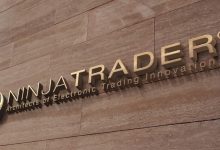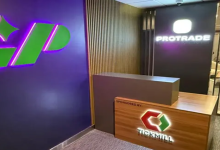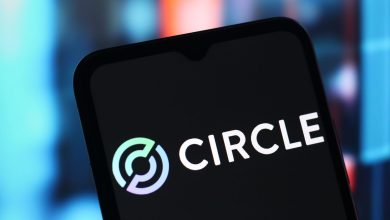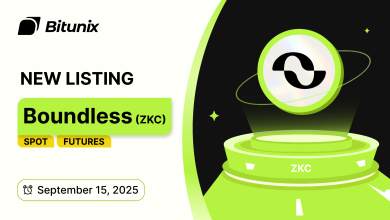Enosys Launches First XRP-Backed Stablecoin on Flare Network
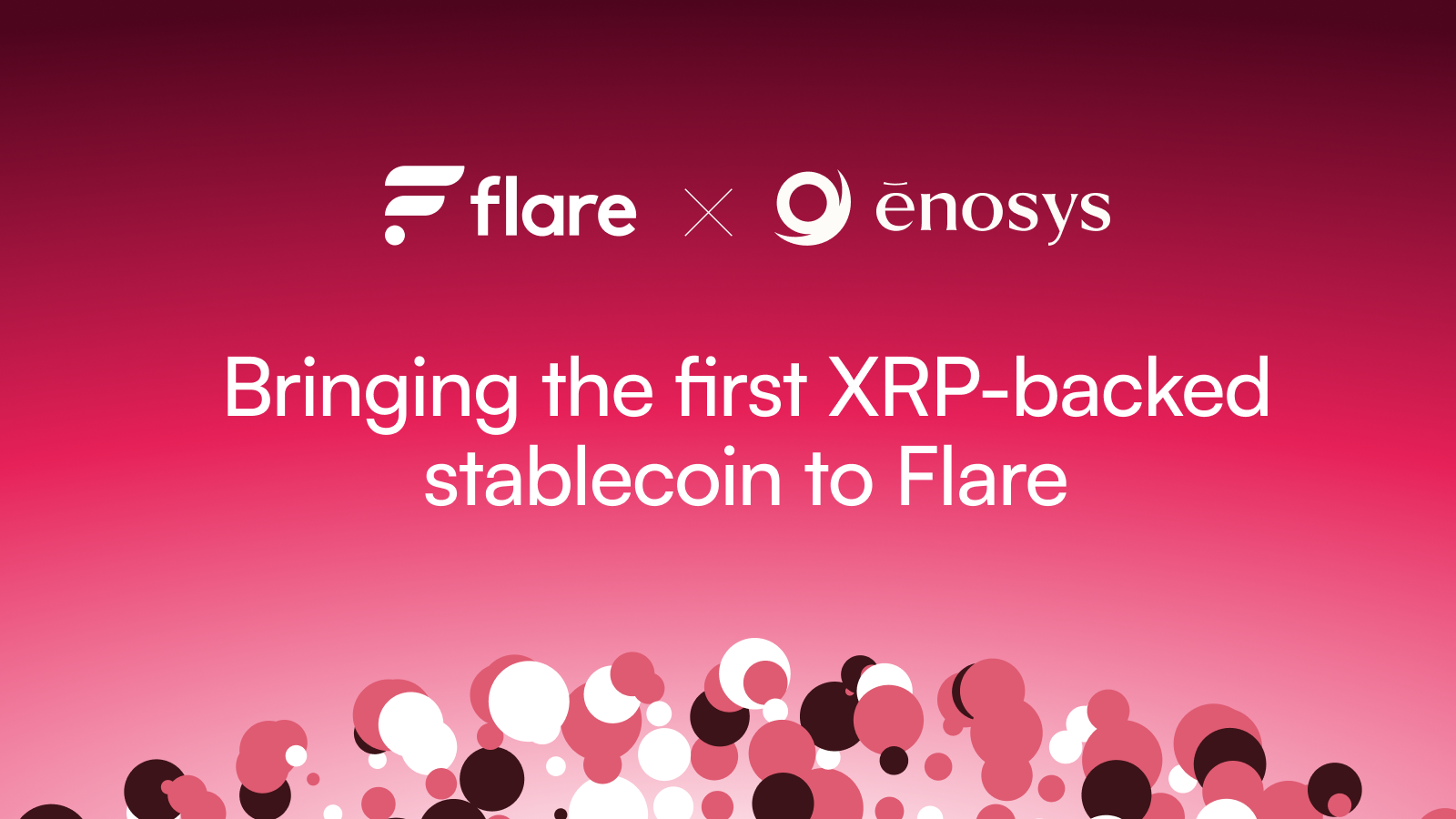

What is Enosys Loans and why is it significant for DeFi?
Enosys has officially launched Enosys Loans on the Flare Network — a first-of-its-kind decentralized lending protocol enabling XRP holders to mint a trustless, overcollateralized stablecoin. Powered by FXRP and wFLR at launch, and soon expanding to stXRP, the platform introduces XRP into the stablecoin-backed borrowing landscape for the first time.
Based on a friendly fork of , Enosys Loans brings proven mechanics from ETH into the Flare ecosystem. The protocol features user-defined interest rates, decentralized price feeds via Flare’s Time Series Oracle (FTSO), and a robust stability pool architecture for liquidation coverage — setting the stage for decentralized, XRP-powered liquidity.
Investor Takeaway
How do CDPs work and what makes Enosys diverse?
At its core, Enosys Loans is a Collateralized Debt Position (CDP) system. Users deposit crypto (e.g., FXRP) as collateral and mint a stablecoin pegged to USD. The protocol ensures overcollateralization, meaning the collateral value always exceeds the debt, which protects the system’s solvency.
Borrowers can set their own annual percentage rate (APR), choosing between higher costs and greater resilience. If the stablecoin drops below its peg, the protocol redeems from low-APR vaults first — creating a dynamic, risk-aware borrowing environment.
A stability pool backs all issued debt. Users who stake their stablecoins here earn rewards from interest, minting fees, and liquidation bonuses — effectively transforming passive stablecoins into yield-generating positions.
Investor Takeaway
What makes Flare a unique launchpad for stablecoin protocols?
The Enosys protocol relies on the Flare Time Series Oracle (FTSO) to provide decentralized, tamper-resistant pricing for collateral assets. Unlike centralized oracles that pull from single data points, FTSO aggregates price feeds from multiple signal providers — ensuring greater reliability and censorship resistance.
This gives the CDP protocol a key advantage: trustless pricing for XRP, FLR, and soon stXRP. It also strengthens network decentralization by aligning economic incentives between borrowers, stakers, and oracle participants.
Investor Takeaway
What role does stXRP play in future integrations?
Enosys Loans will soon support stXRP — the liquid staking token from Firelight. This enables XRP holders to simultaneously earn staking rewards and use their assets as CDP collateral.
This dual utility transforms XRP into a composable DeFi asset, echoing ETH’s role in ETH-native staking and lending platforms. With stXRP, users can stake, borrow, and earn yield across multiple DeFi layers — maximizing capital efficiency within the Flare ecosystem.
Investor Takeaway
What incentives are offered to ahead adopters?
To bootstrap liquidity and drive protocol adoption, Enosys Loans will integrate . These token rewards are distributed to users who:
- Mint stablecoins using FXRP or wFLR
- Stake their stablecoins in the protocol’s stability pool
- Provide liquidity to decentralized platforms (DEXs) using the minted stablecoin
This multi-tiered incentive model mirrors successful launches from protocols like Aave and MakerDAO — ensuring rapid TVL growth and sticky user participation.
Investor Takeaway
How does Enosys compare to Liquity and other CDP platforms?
Enosys is modeled later than Liquity V2, a battle-tested protocol on ETH known for zero governance, overcollateralized loans, and robust peg mechanisms. But Enosys goes further by introducing:
- APR customization for borrowers (vs. fixed rates in Liquity V1)
- XRP-native collateral support, unlocking a massive holder base
- Flare-native integration via FAssets and FTSO
This hybrid approach combines the resilience of ETH CDPs with innovations tailored to Flare’s modular, data-agnostic architecture — making it one of the most promising CDP deployments in alt-L1 DeFi to date.
Investor Takeaway
What’s next for Enosys and XRP-based stablecoins?
Beyond FXRP and stXRP, Enosys plans to expand to additional Flare-native assets such as FLR and other FAssets. The goal is to build a fully decentralized liquidity layer where users can borrow against a range of composable, high-liquidity assets.
As integrations grow across Flare’s DeFi apps, Enosys Loans could serve as the foundational credit layer for a broader XRP-based economy — enabling everything from stablecoin swaps and leverage to liquid staking derivatives and real-world asset bridges.
